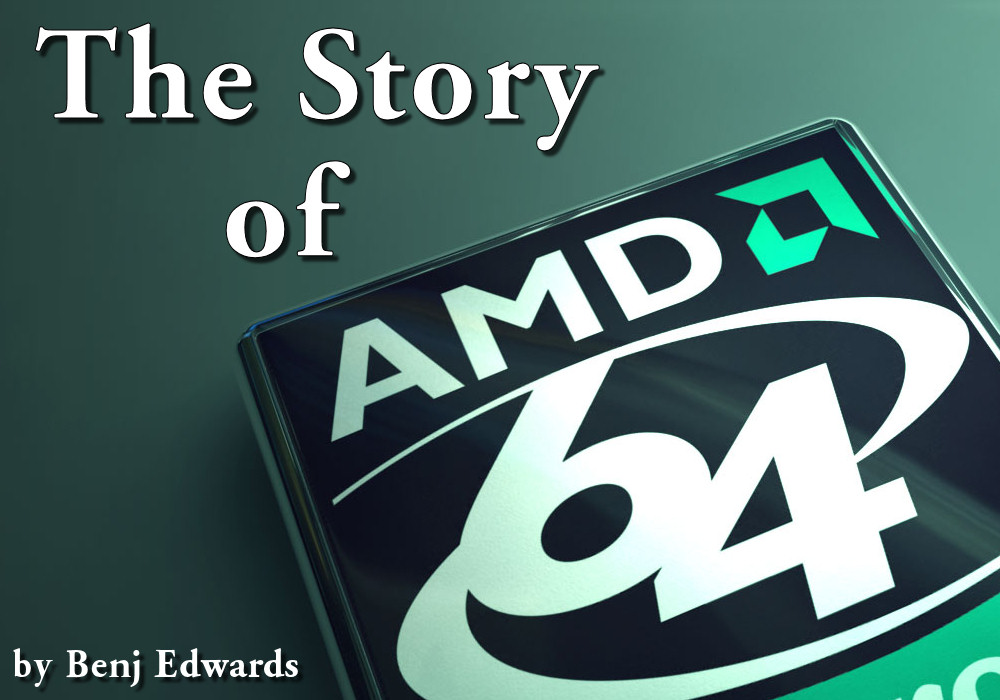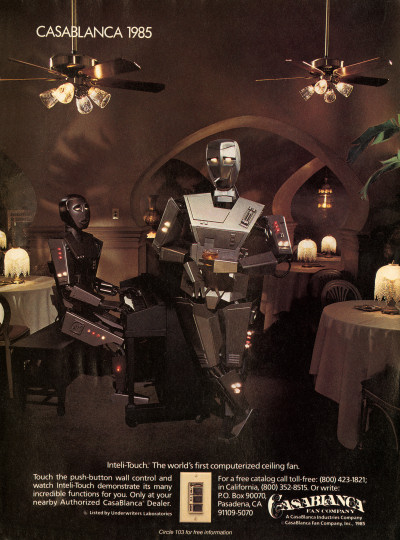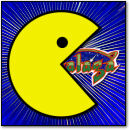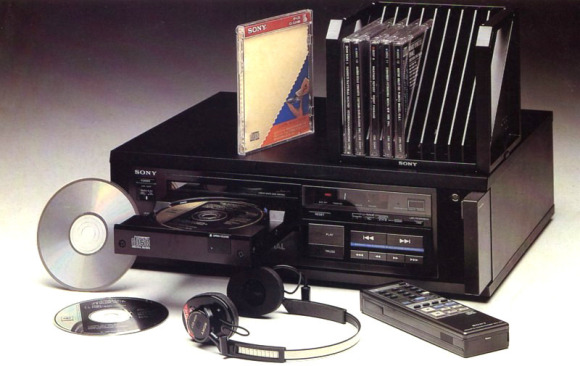
10 DAYS OF VINTAGE: Day 7
When I write articles about the history of technology — which, I’ll admit, is fairly often — a few readers will sometimes say, “The author is obviously too young to remember X or Y,” or “He forgot to include X.” Sure, I don’t know everything. But most of the time, if there is ever an omission of something notable in one of my articles, a) I know about it, and b) it was done for a good reason.
(That reason, by the way, is usually brevity — editors almost always trim things out to make the article shorter. The second most common reason is that the omitted info, while generally understood to be true, is actually false.)
 When the occasion warrants it, and if time allows, I do the most exhaustive research I can manage on a topic. While browsing through my old writing files recently, I came across a fairly vivid illustration of this: a very detailed timeline of CD technology that I created while writing an feature about the 30th anniversary of the CD Player for TechHive back in 2012.
When the occasion warrants it, and if time allows, I do the most exhaustive research I can manage on a topic. While browsing through my old writing files recently, I came across a fairly vivid illustration of this: a very detailed timeline of CD technology that I created while writing an feature about the 30th anniversary of the CD Player for TechHive back in 2012.
During that process, I set out to understand the history of the CD Player and the Compact Disc medium as much as possible so I could explain it with confidence. One of the best ways to do that — to cover 30+ years of history and get it all straight — is to make a timeline. So that’s what I did.
The published article on TechHive includes key selections from this timeline at the bottom, but not everything. With the hope that my more detailed CD timeline might some day help future researchers, I am publishing it below, complete with sources when available.
This kind of thing makes me wonder how many other man-hours of journalistic research lay just out of reach because there is no proper context in which to share it. In this case, I’m lucky to have the VC&G Anthology series.
[ Continue reading [ VC&G Anthology ] A Detailed Timeline of Compact Disc Technology (2012) » ]
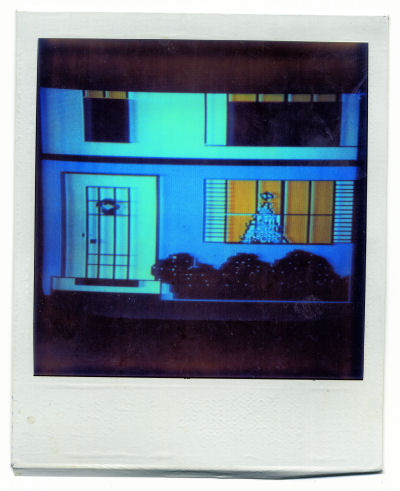 A Christmas Tree in the Window
A Christmas Tree in the Window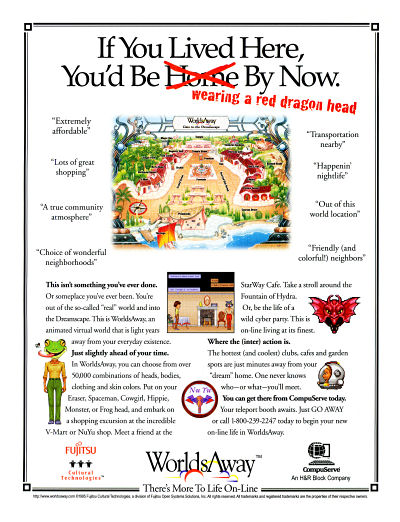
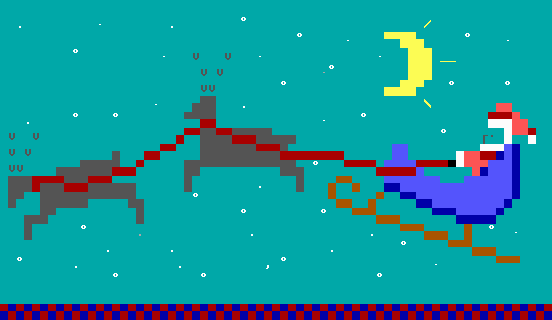
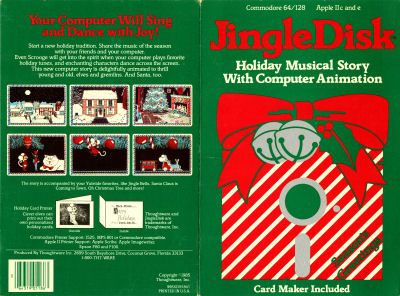
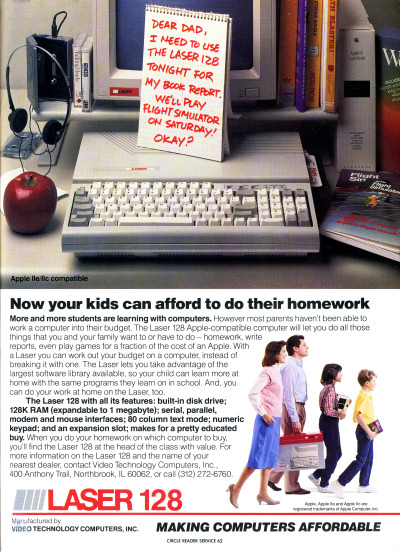
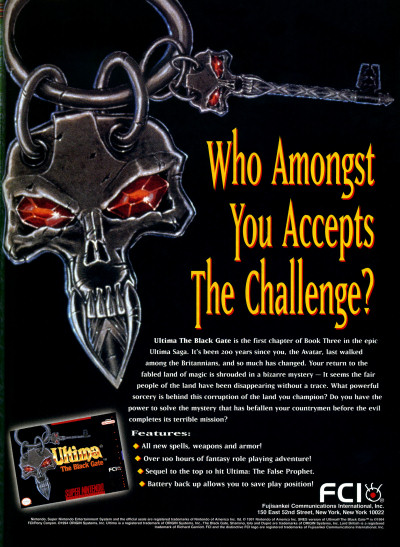
 10 DAYS OF VINTAGE: Day 10
10 DAYS OF VINTAGE: Day 10